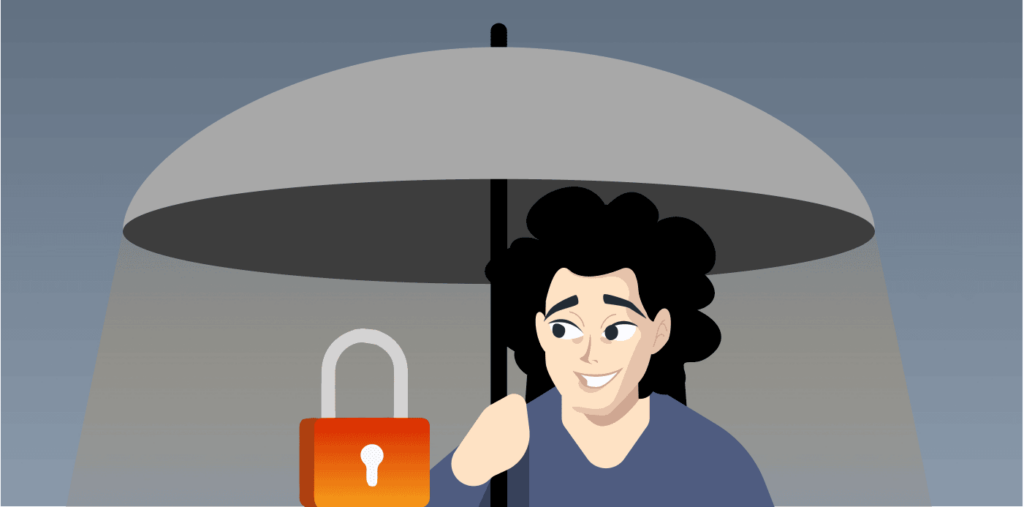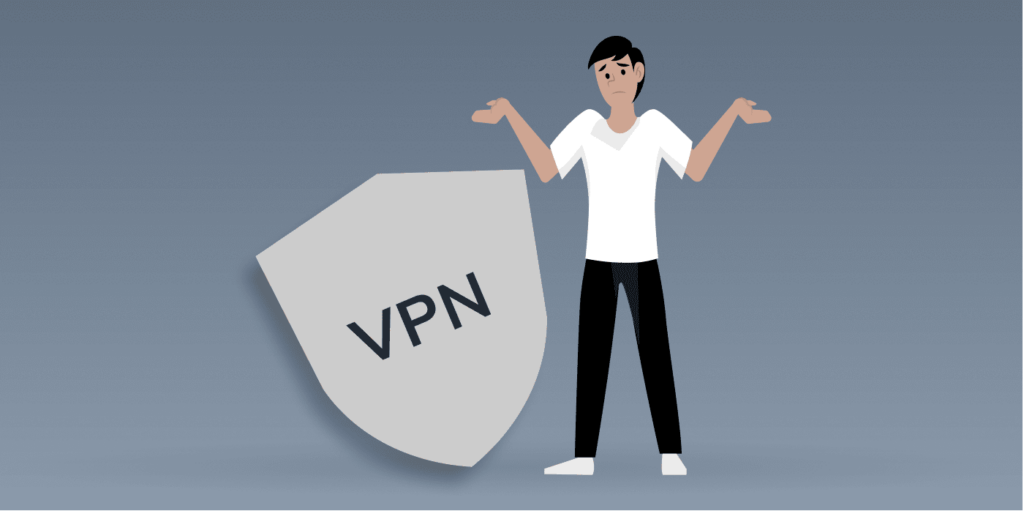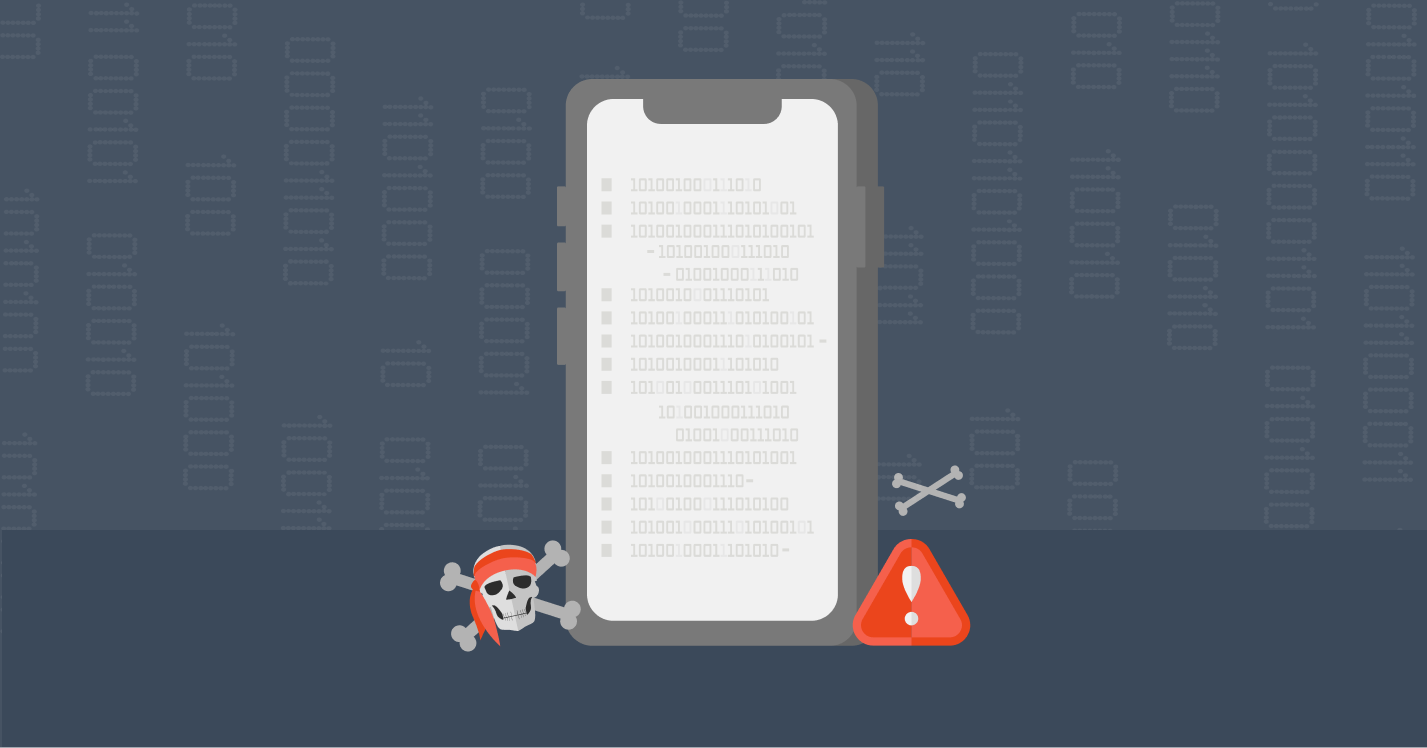Data protection is necessary in a world where businesses deal with so much information. Two popular tools used for this purpose are SDPs and VPNs. Both can contribute to creating solid network security, but their approaches differ.

While a VPN establishes a secure connection between a user and a server, an SDP lets the user view requested data after passing a verification process.
Learning about the difference between SDP and VPN can help you know which best suits your organization. This post highlights extensive information on these tools, from their definition and workflow to their benefits and drawbacks.
Defining a Software-defined Perimeter (SDP)

A Software-Defined Perimeter, or SDP, is a network security solution that protects a business network and infrastructure, such as its routers and servers, from unauthorized access. SDPs possess the power of invisibility, in which once you implement it on a system, it hides everything in that system from outsiders.
Most organizations that use SDP rely on it for the following reasons:
- Limiting third-party access: SDP is useful for organizations that hire third-party contractors, consultants, and developers. It enables them to restrict access to only the information needed for their job. As a result, the company can keep the remainder of its data private and only tell outsiders what they need to know.
- Accelerating M&A integration: If a company uses traditional mergers and acquisitions, it can take years to reorganize its IT infrastructure. SDP shortens the time required for a successful M&A and allows the business to deal with converging networks more efficiently.
- Maintaining data compliance: Data compliance is critical for every organization since it ensures the security of their data, and SDPs can help with this process. It specifies which devices have access to which data and for how long. This gives the company more control over its data and prevents it from being misused.
- Creating a multi-cloud environment: SDPs help institutions hide their infrastructures, regardless of location. It guarantees data security even when users access their network remotely.
How Does an SDP Work?
As its name implies, an SDP creates a defined perimeter that keeps a company’s infrastructure hidden from outsiders. It does this by allowing users to connect to a server only when authorized using a multi-factor authentication code that verifies their identity. Once a user is verified, SDP creates a single network connection connecting their device directly with the server.
A Typical SDP Workflow
An SDP architecture consists of an SDP host and SDP controller. SDP hosts are of two types:
- An Initiating SDP host that is in charge of connecting a user device to the controller. It provides information on the device that is trying to access the network.
- An Accepting SDP host that connects all verified devices to the server they want to access.
These elements work together in an SDP following this process:
- The Initiating host first gets an authentication token, which it sends to the SDP controller with the user login credentials.
- The SDP controller checks if the login credentials and token pass its verification system. It uses various identification systems, such as OpenID and geolocation, to confirm the authenticity of the user.
- Once the user’s identity has been approved, the SDP controller looks for the Accepting host to connect the device to its requested server.
- The Initiating host obtains the IP address of the Accepting host and creates a secure connection with it.
How Can You Access a SDP-protected Server?
You need to do the following before you can access the server:
- Confirm your identity: First, the system needs to know that it’s really you. How? It does this through something like your single sign-on (SSO) or identity provider. You’ll likely need to sign in or provide your login details (like your username and password). Sometimes. It might even ask for a unique hardware token for added security.
- Verify your device: The system also looks at your device to see if it is safe to connect or not. It checks if your apps are up to date and scans for viruses or malware. You also won’t be able to connect if your device is on the system’s block list.
- Get permission: Before you can join the network, the system checks with the SDP controller. Once it gives a go-ahead, your device info goes to a gatekeeper called the SDP gateway. This gatekeeper has the authority to grant or refuse your access.
- Connect safely: If everything checks out, the SDP gateway creates a secure tunnel for you. Think of it like a VIP entrance to a party. It’s just for you and the server you want to access. Nobody else can sneak in. Now, you can freely access the resources you require.
What is a VPN, and How Does it Work?

A VPN changes your IP address and keeps you anonymous on the internet. It acts as a middleman between the internet and a device — your connection stays safe and private from prying eyes.
It creates a secure pathway for all online traffic and converts it to an encrypted form so that no one can access it. People use VPNs for both personal and business purposes. They help you bypass geo-restrictions, protect your online identity, and your organization’s sensitive information.
A VPN uses several types of protocols (IPSec, WireGuard, L2TP, IKEv2, etc.) that govern how your data is transferred. Top VPNs like ExtremeVPN offer advanced features like kill switch, split tunneling, and obfuscated servers that allow users to access their personal or company data without disclosing anything to a third party.
In short, one can say that a VPN is your mask that keeps you safe from the dangers of the online world.
SDP vs. VPN: Benefits and Drawbacks

Let’s examine how these security solutions can benefit your digital life and the possible issues you may experience using them.
SDP Benefits
Alongside providing users with optimum network protection, SDP offers these benefits:
- Data encryption. An SDP encrypts all data transmitted in the connection between the hosts and controllers.
- Zero trust policy implementation. SDP rules ensure no user or device can be trusted to access a network unless the SDP controller approves it.
- Flexibility and scalability. When a network is SDP protected, joining new resources like a database, application, or server becomes easier, as you can add them to an accepting host.
- Minimized cyber-attack risks. An SDP reduces the chance of hackers and any potential threats from gaining access to any data in the protected network.
- Device support. SDP ensures a secure connection for any device by asking users for a form of identification, like a password or login details, before granting access.
SDP Drawbacks
Despite SDP benefits, this security solution also has its downsides:
- Controller dependency. During the workflow of an SDP, the SDP controllers are important to the system as they are the middleman between the initiating host and the accepting host. So, connecting to the network if they are offline will be impossible.
- Device type limitation. As much as SDP supports many devices, its support is limited to majorly modern devices. Connecting with an old router or a vendor-specific device can be troublesome.
- Configuration updates. All applications in the SDP-protected network have to be compatible with SDP. As time-consuming as this will be, this is an essential step because any mistake can make the system vulnerable to attacks.
- Network interruption during the installation. When trying to introduce SDP into an infrastructure, you will experience a network disruption as all the applications and devices included in the network will require reconfiguration.
VPN Benefits

VPNs are widely used for both personal and business purposes, and here are the reasons why:
- Private connection. Using a VPN guarantees your safety online with its state-of-the-art encryption package. It protects all your online traffic and data from intruders.
- Anonymous browsing. A VPN can give you a new online identity by changing your virtual address. By doing this, no snooper can know what you are doing online.
- Internet freedom. With a VPN, you can bypass restrictions and censorships placed on sites in your location by connecting to any server location.
- Cost-effective. VPN is a stress-free option as it doesn’t require much to maintain, no matter how long you’ve been using it. Even if you want to use a popular VPN service, you will only spend a little as you will find many budget-friendly options.
VPN Drawbacks
Here are a few downsides to a VPN:
- Slow speed: As VPN encrypts your online traffic, your internet speed may slow down due to the time it takes for this process to finish. However, if you use a reliable one with top-notch protocols like ExtremeVPN, you may not experience this speed drop.
- Free VPNs log data: Most free VPN providers collect their users’ information, making them insecure to use. For this reason, you must always go for a premium one; it may cost you, but you’ll have complete protection.
- Legal restrictions: Some countries (like Russia and China) ban VPN usage. That’s why it’s always important to follow your country’s laws and regulations.
How Does SDP Implement Zero Trust Security?
From the name Zero Trust, we can infer that no user or device can be trusted to access a network that uses this security. This security model requires a strict verification process for any user and device that wishes to access a resource anywhere around a network perimeter.
SDPs use this security method to verify all devices before they can connect to the network, which will be restricted to only the part they are authorized to see. With this method, no one, not even the CEO device, can connect to a resource without authorization.
How to Enhance Your Online Security
Nowadays, cybercriminals are working hard to steal your data. With how prepared they are, you should also be ready to tackle them and take control of your internet life. Here’s how you can do that:
1. Get Educated
Using the internet without having an idea of the potential risks attached is like walking into a dark corner without any protection. For you to walk comfortably without fear in a dark corner, you have to be sure that no harm can come your way, and you can only do this by getting the correct information about the corner. That is how you should treat the internet.
Learning about every cybersecurity threat you may face online can help you discover measures that can help fight against them. Training your employees about these risks is not a bad idea if you are a company owner. At least, you will be sure your company’s data is not getting into the wrong hands.
2. Use a Strong Password
While opening an account on a platform, have you experienced typing in a password to create the account and receiving the message “password is not strong enough?” This is because using a simple password delivers you right into the hands of hackers.
You will need a combination of symbols, numbers, and alphabets that no third party can manipulate. Note that you should remember it, too! You can also use a multi-factor authentication service to ensure double security. Not sure how to create a strong password yourself? Use ExtremeVPN’s strong password generator.
3. Update Your Apps
There is a reason why apps get updated. Using an outdated app for your online activities exposes you to software vulnerabilities like malware. This can make your device a playground for hackers. Always be on the lookout for every update on your software and do what is needed.
4. Get a VPN
We can never overemphasize the importance of VPNs to your online security, especially if you frequently use public Wi-Fi. A VPN can help you boost your privacy and safety online by redirecting all your online traffic through a secure tunnel and changing your IP address. You don’t have to start searching for a VPN service to use; try ExtremeVPN.
ExtremeVPN is a budget-friendly VPN service that protects up to 10 devices with one account simultaneously. We have a wide range of features, which include a kill switch, ultra-fast servers worldwide, and tunneling protocols that can provide you with a bullet-proof shield online.

